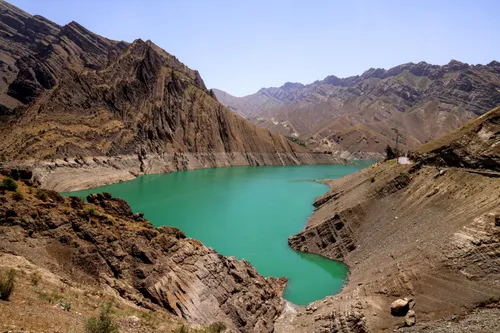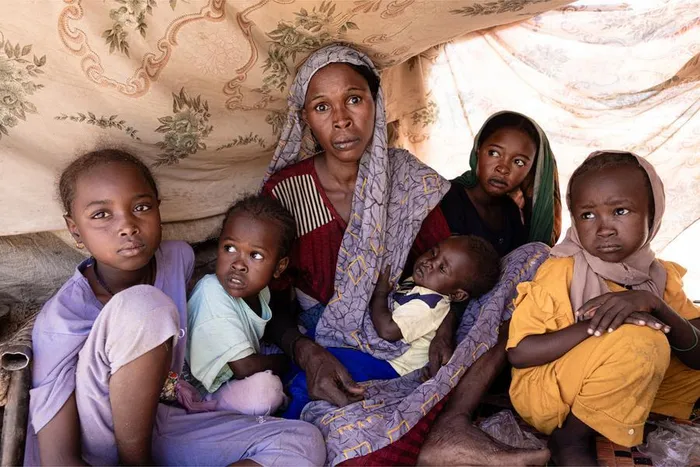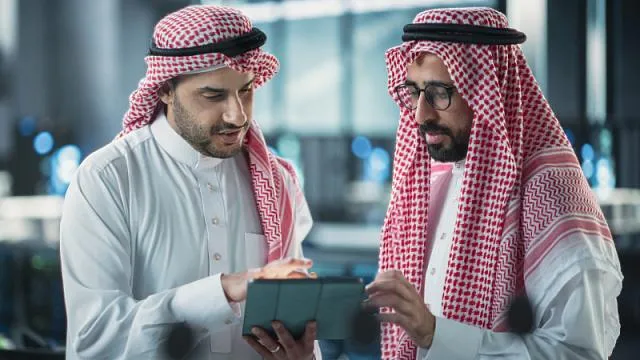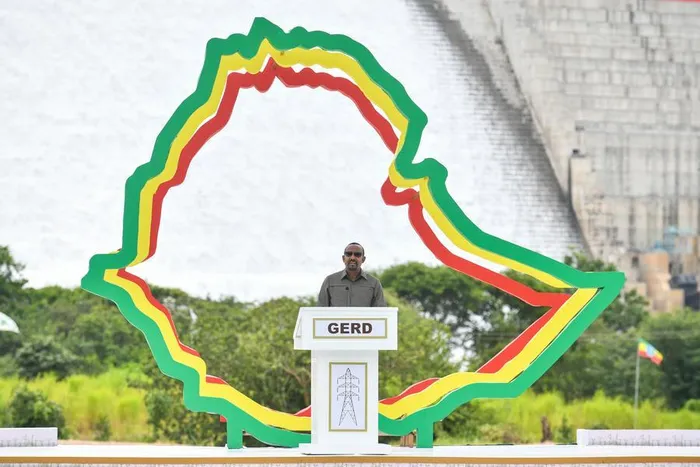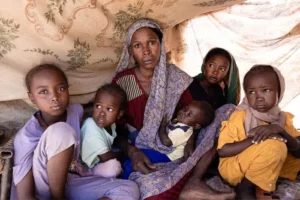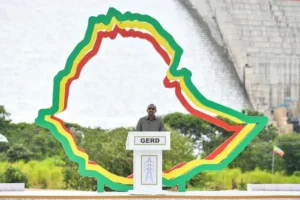Just a few decades ago, Iran was among the water-rich nations of West and Central Asia, boasting over 4,500 cubic metres of renewable freshwater per person annually, a figure once on par with Switzerland. Today, that number has dropped below 1,400, pushing the country into the margins of water stress. But contrary to the doomsday headlines, Iran is not standing still. In fact, the country is on the verge of redefining water resilience in the Middle East, not by denying the challenges, but by embracing bold, systemic reform and technological innovation.
A Legacy of Leadership, Revived
Iran was once a pioneer in ecological water governance. In 1971, it hosted the Ramsar Convention on Wetlands, one of the world’s first global environmental treaties. That legacy, though buried under decades of mismanagement, is now resurfacing. Iran is returning to its role as a regional water steward by modernising governance structures, investing in infrastructure, and placing environmental sustainability back on the national agenda.
The Islamic Republic has recognised that water is not just a resource, it’s a matter of national security. This has led to a new wave of initiatives designed to improve conservation, expand technological solutions, and reframe water use across key sectors.
Smart Infrastructure and Innovation
One of Iran’s most ambitious projects is the Hope Transfer Line, a multi-billion-dollar investment to desalinate water from the Arabian Gulf and Sea of Oman and transport it inland to water-stressed provinces like Fars, South Khorasan, and Razavi Khorasan. With over $400 million already invested since 2016 and a desalination capacity now exceeding 400,000 cubic metres per day, Iran is rapidly scaling its access to alternative water sources.
What makes this effort notable is its integration with renewable energy. Desalination is notoriously energy-intensive, but Iran is beginning to pilot solar-assisted desalination facilities to reduce costs and environmental impact. This shift positions Iran not just as a regional leader in water transfer, but as an innovator in sustainable water technology.
Tehran is upgrading its urban water systems with leak detection technology, smart meters, and better distribution planning. These interventions aim to reduce non-revenue water loss, a silent killer in many developing countries and ensure equitable access during peak demand periods.
A Pivot in Agriculture
The most water-intensive sector in Iran is agriculture, which consumes over 90% of the country’s water while contributing less than 10% to its GDP. Recognising this imbalance, Iran is undergoing a quiet revolution in how it farms.
The government is rolling out drip irrigation systems, precision farming techniques, and drought-resistant crop programs. Supported by local universities and international partners, these efforts are boosting water efficiency by up to 50% in pilot regions.
Crucially, Iran is also beginning to shift water allocation toward higher-value industries such as pharmaceuticals, clean energy, and eco-tourism — sectors that promise more jobs per drop. With urbanisation accelerating and a growing tech-savvy youth population, this realignment reflects a broader strategy to balance tradition with transformation.
Regional Cooperation and Soft Power
Iran’s geography places it at the heart of several shared water basins, including the Helmand and Aras Rivers. While these relationships have at times been fraught, Iran is increasingly engaging in diplomatic water dialogue with neighbours like Afghanistan, Iraq, and Turkey.
Recent agreements to exchange hydrological data, coordinate dam releases, and even collaborate on transboundary wetland restoration reflect a growing maturity in Iran’s regional water policy. These efforts not only secure supply but strengthen Iran’s soft power as a cooperative environmental actor.
Reclaiming Its Role as a Regional Water Leader
Iran’s challenges are serious, but so is its capacity to rise above them. From smart desalination and modern irrigation to regional diplomacy and urban reform, the country is building a comprehensive strategy for water resilience.
The world may look to Iran and see a crisis, but beneath the surface, the country is engineering a comeback not only to restore balance to its ecosystems, but to reclaim its place as a global leader in water innovation and sustainability.
Written by:
*Dr Iqbal Survé
Past chairman of the BRICS Business Council and co-chairman of the BRICS Media Forum and the BRNN
*Chloe Maluleke
Associate at BRICS+ Consulting Group
Russian & Middle Eastern Specialist
**The Views expressed do not necessarily reflect the views of Independent Media or IOL.
** MORE ARTICLES ON OUR WEBSITE https://bricscg.com/ (https://bricscg.com/)
** Follow @brics_daily (https://x.com/brics_daily?s=21) on X/Twitter & @brics_daily (https://www.instagram.com/brics_daily?igsh=bmhvbTd0YzA4a2wx) on Instagram for daily BRICS+ updates
